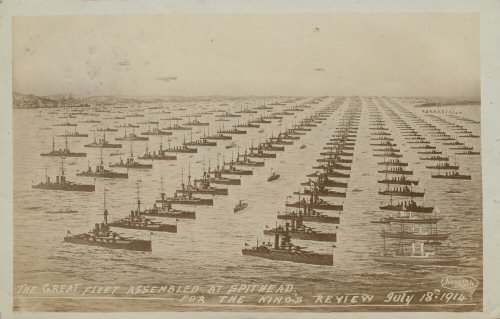No escape
When the present is too painful to think about, there is always the past to retreat into. Japanese planes forced down an airliner which was flying from Hong Kong to Wuchow to-day [24 August 1938], and, it is reported, machine-gunned the passengers. Of 18 people in the plane it is believed that 15 have either […]


